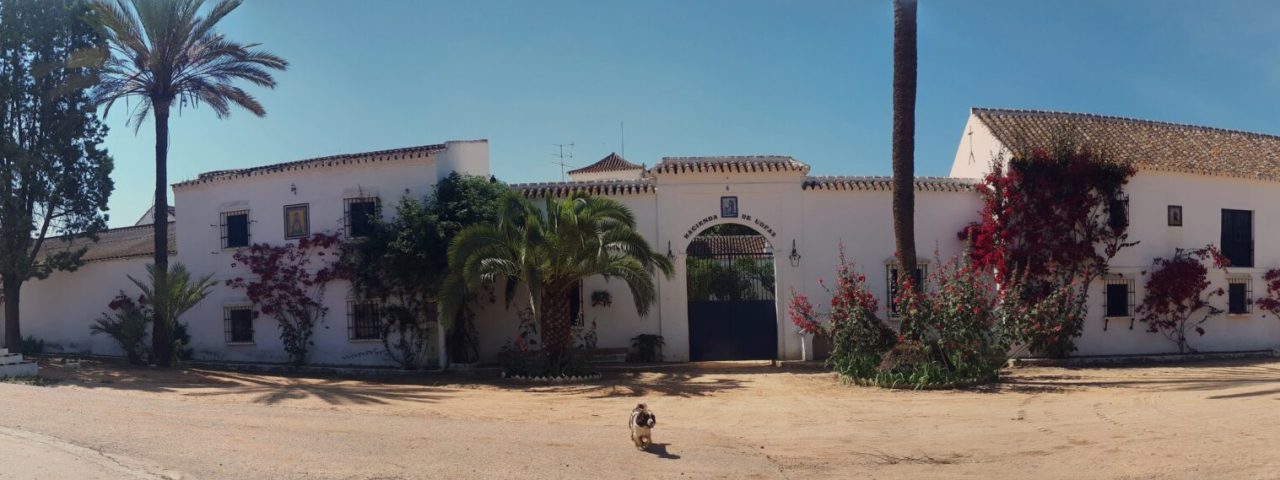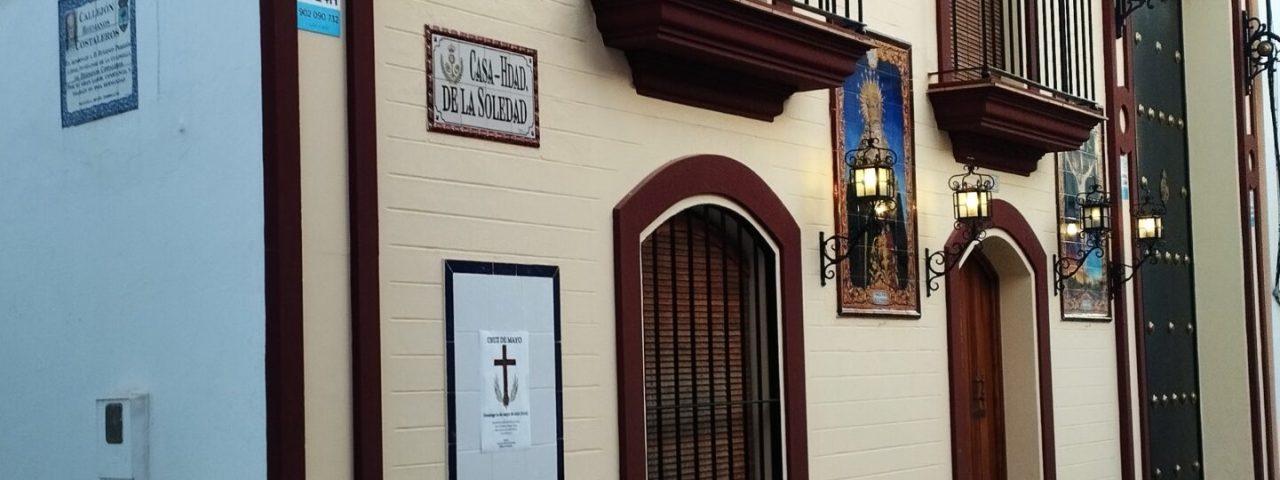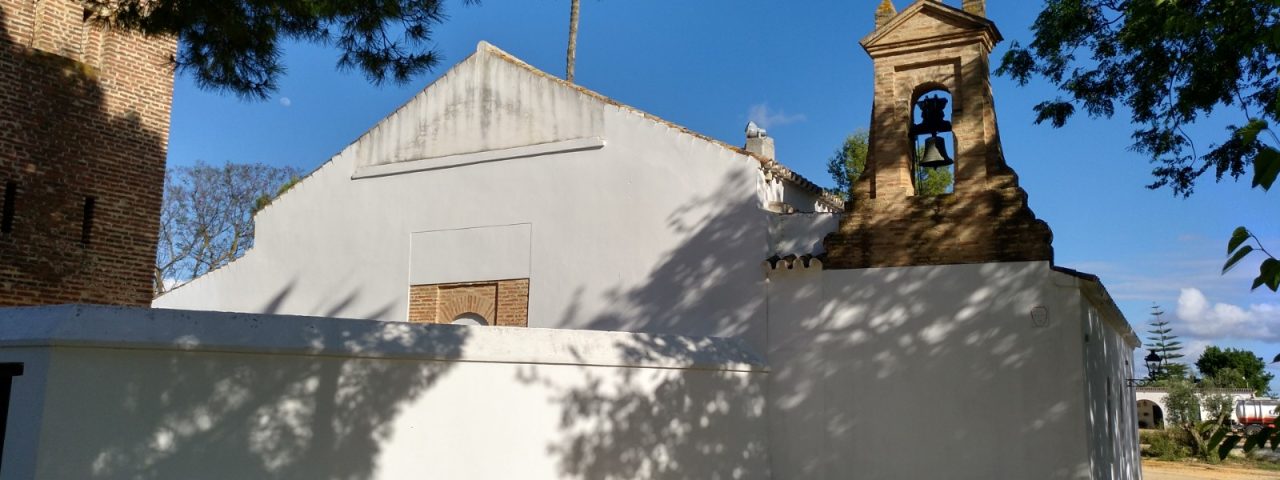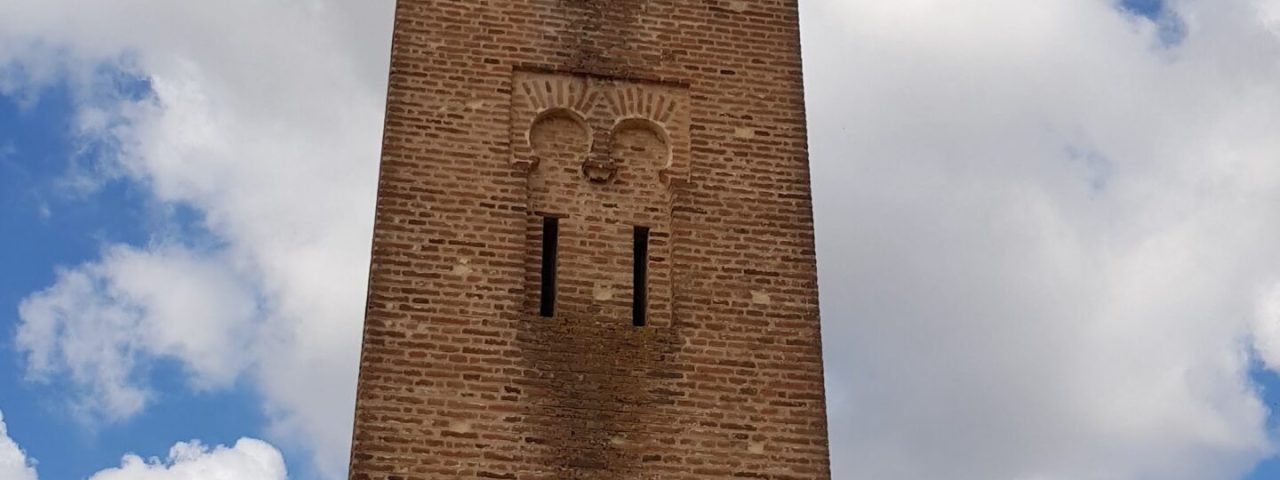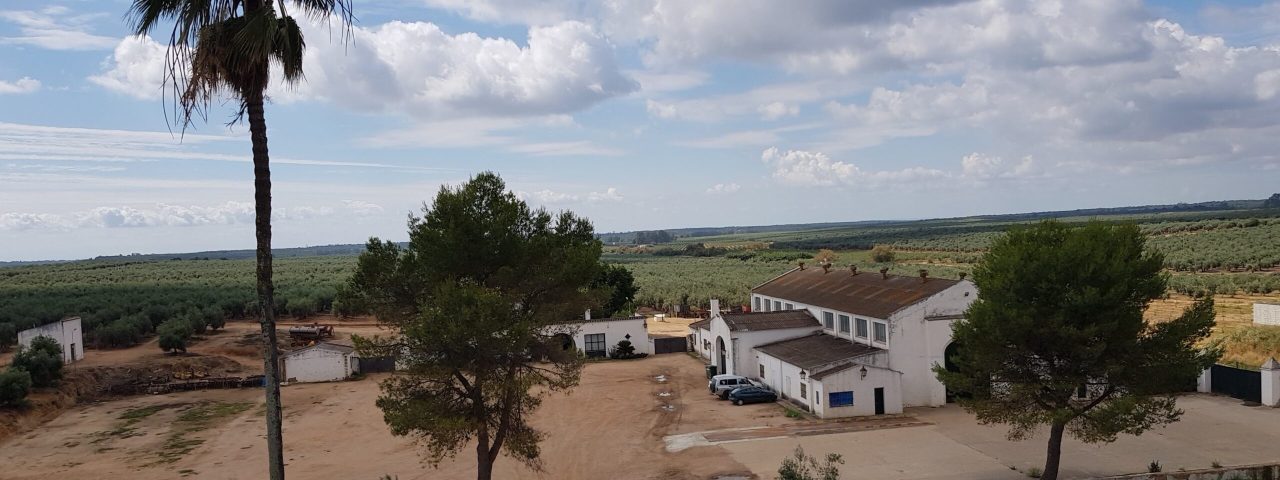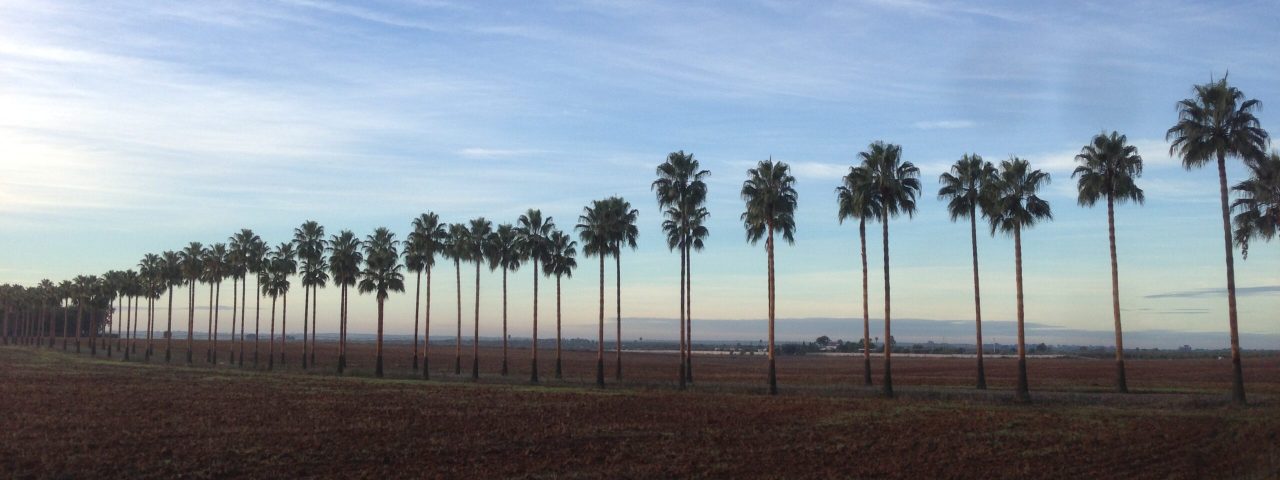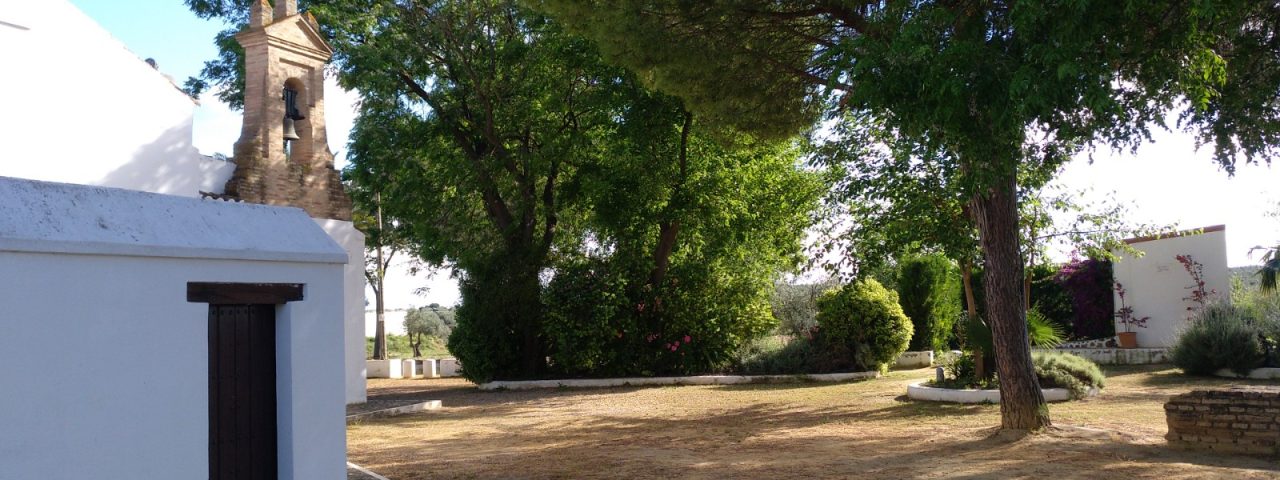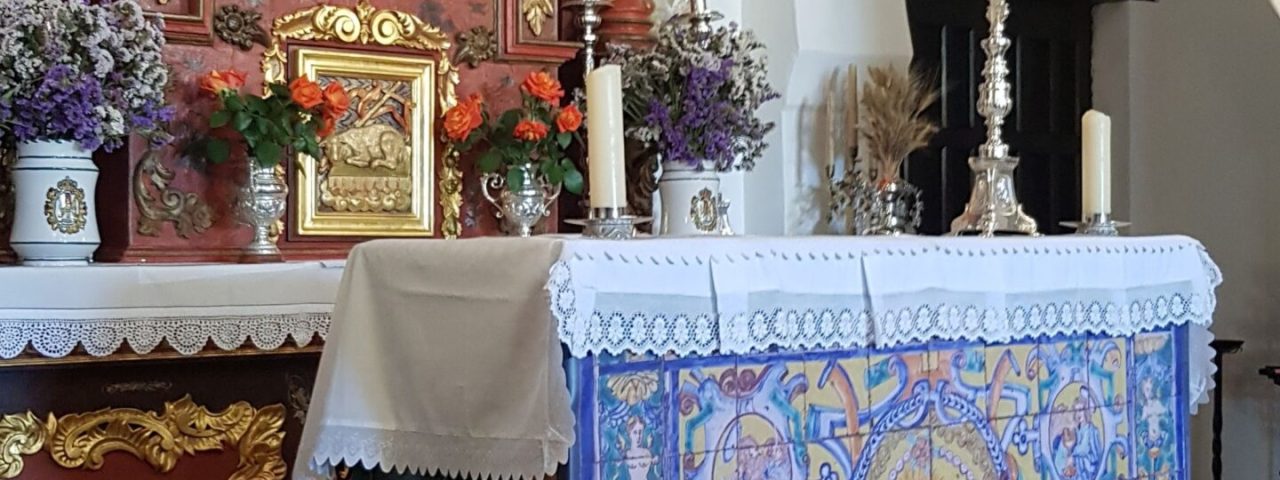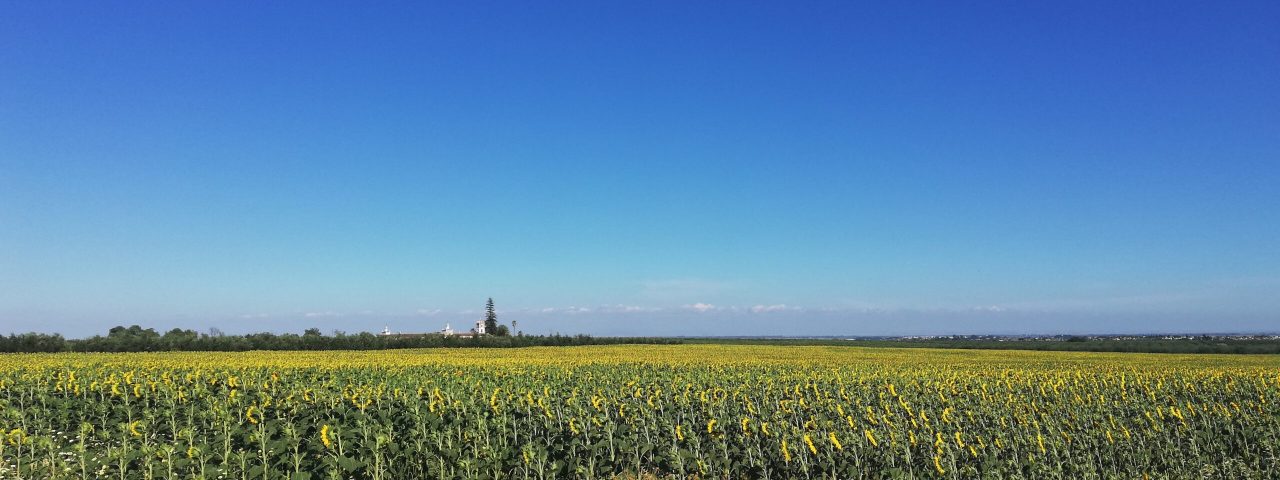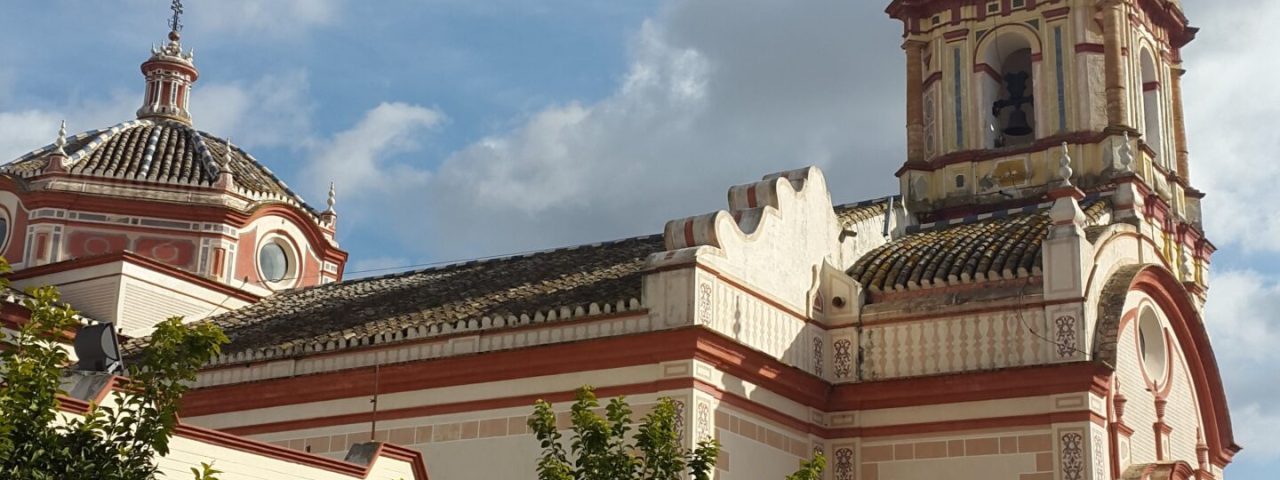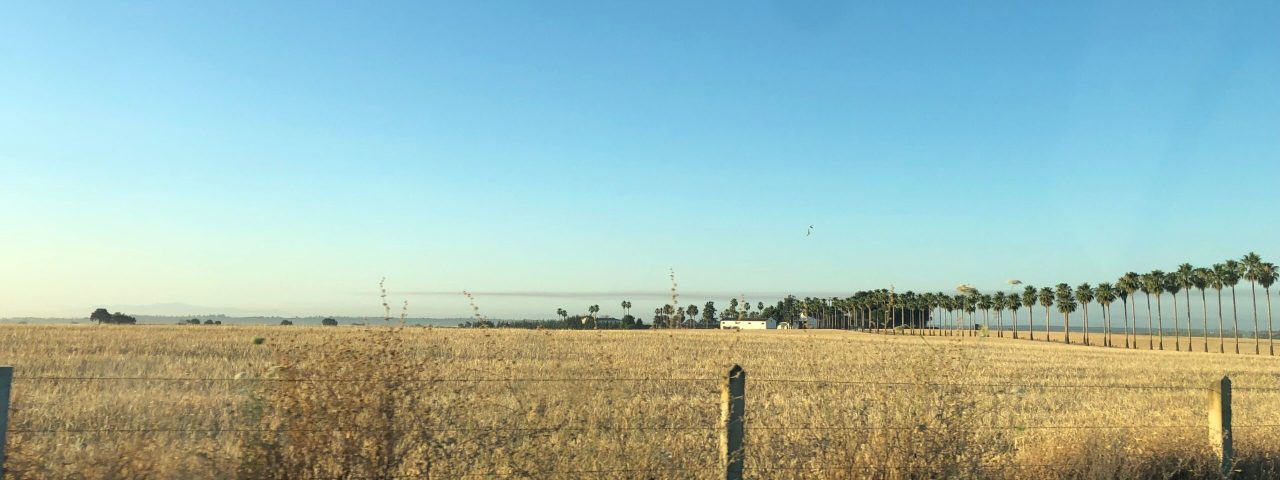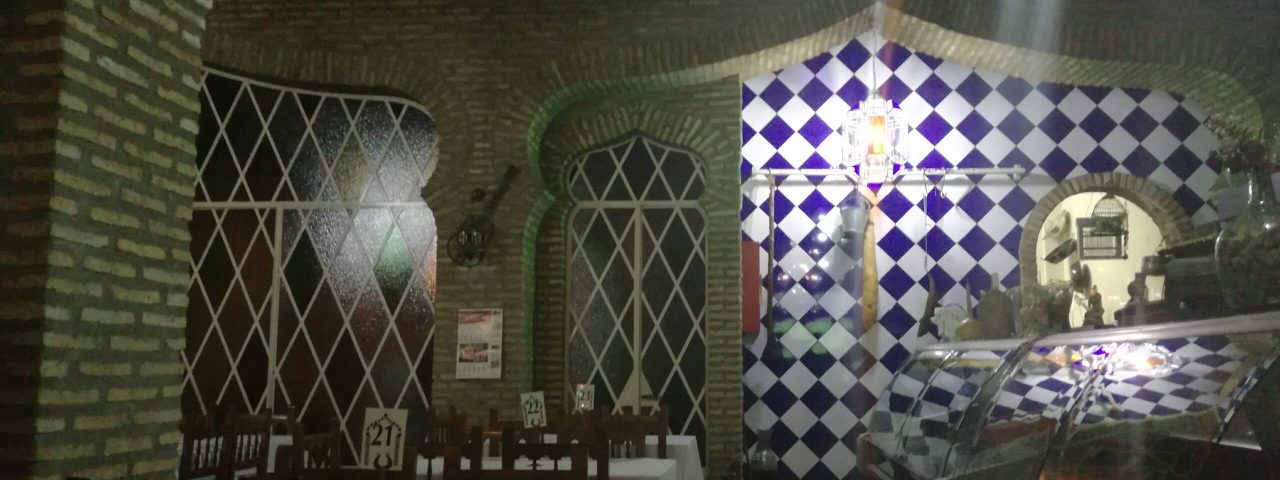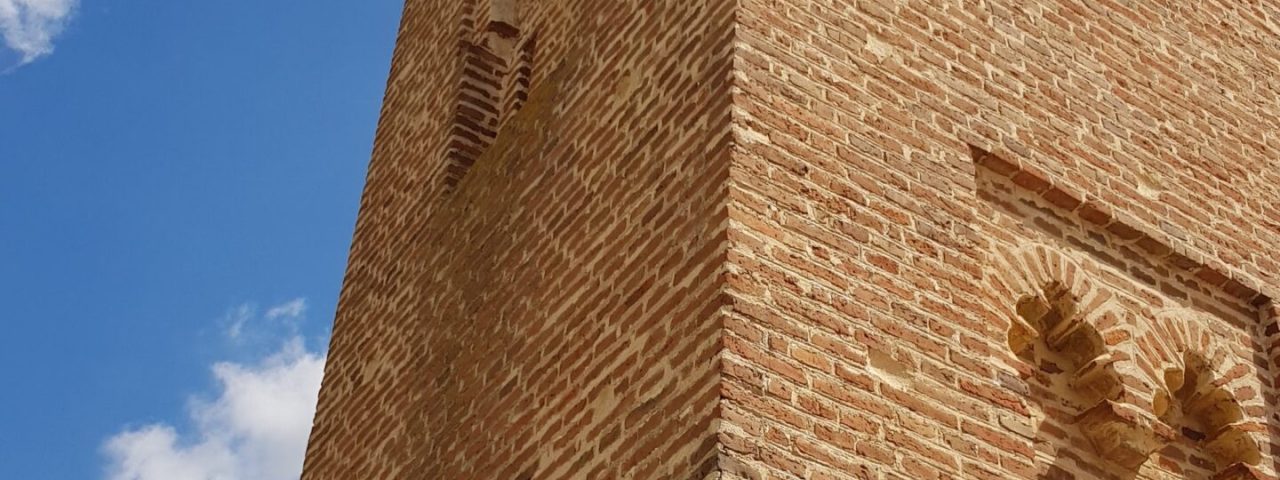Bollullos de la Mitación boasts a rich history, dating back to ancient Roman times. Like much of Andalusia, the city experienced significant influences from the Romans, followed by the Moors during the Islamic occupation of Spain. This Moorish presence left a lasting cultural imprint on the area, particularly in terms of architecture, agriculture, and irrigation systems. Later, the city was reconquered by Christian forces during the Reconquista, a period that shaped much of the region’s current traditions and customs.
The city holds a deep connection to Andalusian culture, with vibrant annual festivals that draw on centuries-old traditions. One of the most famous celebrations is the Romería de Cuatrovitas, a pilgrimage to the Shrine of Nuestra Señora de Cuatrovitas, a small 13th-century Mudejar-style chapel located just outside the town. This event brings together locals and visitors for days of celebration, horseback riding, music, and traditional Andalusian dress.
Local customs also revolve around agriculture, with grape and olive harvests celebrated through community gatherings and festivals. The blend of Christian and Moorish influences gives Bollullos de la Mitación a distinct cultural identity that visitors can experience through its festivals, architecture, and local traditions.
